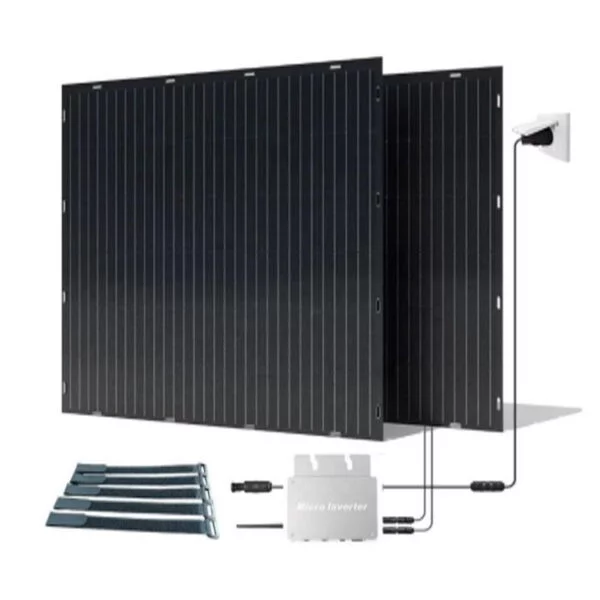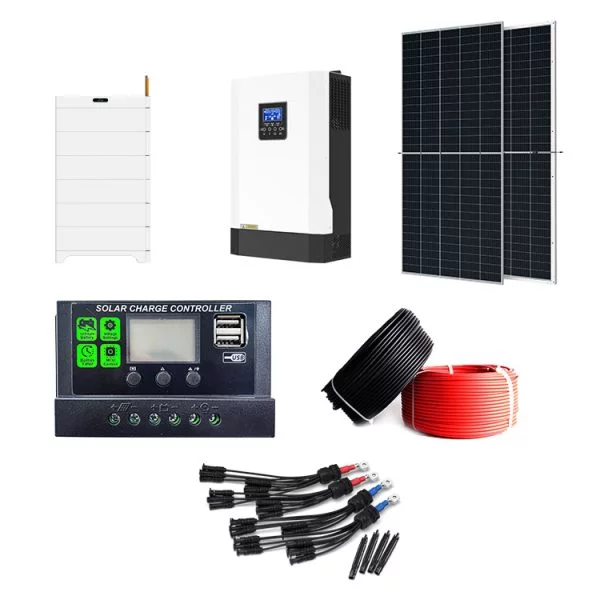HOT PRODUCT
Product Details
Exploring The Brains Of Your Solar System: Solar Panel Inverter Prices
Exploring The Brains Of Your Solar System: Solar Panel Inverter Prices
Solar energy has become an increasingly popular and sustainable alternative to traditional sources of electricity. As more homeowners and businesses embrace solar power, understanding the components and costs involved in setting up a solar system becomes crucial. One essential component that plays a significant role in the efficiency and reliability of a solar power system is the solar panel inverter. In this article, we will explore the importance of solar panel inverters and delve into the factors influencing their prices.
Solar panel inverters serve as the brains of a solar system, converting the direct current (DC) electricity generated by solar panels into alternating current (AC) electricity that can be used to power electrical devices. Inverter technology has advanced significantly in recent years, allowing for improved performance and increased energy harvest from solar panels. There are primarily three types of solar panel inverters in the market today: string inverters, microinverters, and power optimizers.

String inverters are the most commonly used type of solar panel inverters. They are connected to a string of solar panels and convert the DC electricity produced by the entire string. String inverters are cost-effective and provide reliable performance. However, their performance can be negatively affected when one panel in the string underperforms due to shading or other issues.

Microinverters, on the other hand, are installed on each individual solar panel, optimizing the energy harvest from each panel. They operate independently, allowing for better performance in partially shaded or unevenly oriented solar arrays. Microinverters can also simplify the monitoring and maintenance of solar systems. However, their individual installation can increase the initial system cost.
Power optimizers are a compromise between string inverters and microinverters. They are installed at the back of each solar panel, maximizing the energy output of each panel while still using a central inverter. Power optimizers enable panel-level monitoring and can help overcome shading issues without the expense of installing individual inverters on each panel.
Now, let’s delve into the factors influencing the prices of solar panel inverters. One fundamental aspect is the power rating or capacity of the inverter. Inverters with higher power ratings generally cost more than those with lower ratings. The power rating should be chosen carefully to match the capacity of the solar panel array to ensure optimal performance.

Another significant factor is the type of inverter chosen; string inverters tend to be more affordable compared to microinverters and power optimizers. However, it’s essential to consider the specific requirements of the solar array and the potential impact of shading or other issues.
Furthermore, the brand and the quality of the inverter contribute to its pricing. Established and reputable brands often come with higher prices due to their proven track record of reliability and performance. Additionally, inverters with advanced features, such as smart grid capabilities or integrated monitoring systems, may command a premium price.
Installation costs also play a role in the overall price of a solar panel inverter. While string inverters may require less intricate installation, microinverters and power optimizers require additional labor and expertise, which can increase the installation expenses.
In conclusion, solar panel inverters are an integral part of any solar power system, converting DC electricity into usable AC electricity. The type, power rating, brand, and quality of the inverter can influence its pricing. Assessing the specific needs and constraints of your solar array, such as shading considerations, will help determine the most suitable inverter type. By understanding these factors, you can make informed decisions when investing in solar panel inverters, ensuring efficient and cost-effective solar energy generation.




